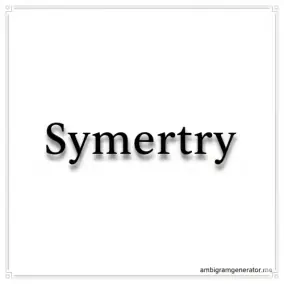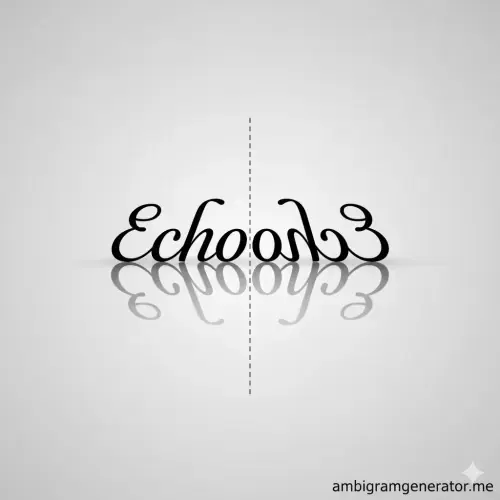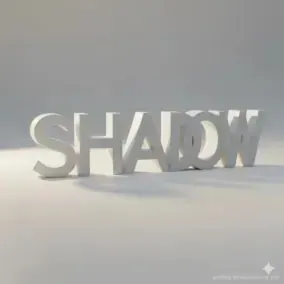The Ambigram Definition: Symmetry in Typography
An Ambigram is a graphical figure that can be read as one or more words not only in its primary orientation but also when rotated or reflected. Essentially, it is a word or phrase crafted to possess a specific form of visual symmetry, blending artistry with logic.
The term "Ambigram" itself comes from the Latin prefix ambi- (meaning "both") and -gram (meaning "letter").
Brief History and Cultural Impact
While examples of symmetrical calligraphy date back centuries, the term "Ambigram" was popularized by American scholar and scientist Douglas Hofstadter in his 1979 book, Gödel, Escher, Bach. Hofstadter brought this typographic curiosity into the mainstream, later inspiring Dan Brown's novel Angels & Demons, which features ambigrams prominently. This fusion of art, math, and literature cemented the Ambigram's place in popular culture.

Understanding the Key Types of Ambigrams
Rotational Ambigrams (180°)
This is the most recognized type, where the word reads the same (or reads a different word) after being rotated 180 degrees. Our Ambigram Generator primarily focuses on creating these types of designs. This category also includes the Two-Name Ambigram, where Word A is read right-side-up, and Word B is read upside-down.
Reflective Ambigrams (Mirror)
The word remains legible when viewed through a mirror or flipped horizontally/vertically. This is often used in logos where a reflective surface (like glass) is involved, maintaining continuity from different viewing angles.

3D Ambigrams (STL Printable)
A modern and highly technical variation. A
3D Ambigram is a physical object designed to
read one word from one side and a different word from the
opposite, 180-degree view. This effect relies on calculating
precise geometry. Our
3D Ambigram Generator provides the necessary
STL files for 3D printing these designs.
Explore 3D Ambigram
Technology.

